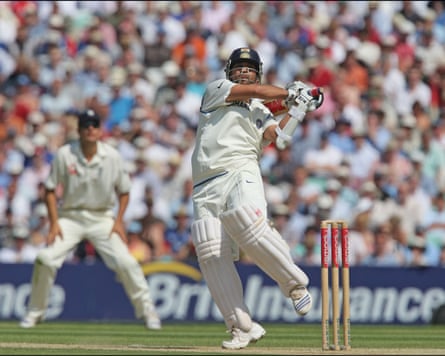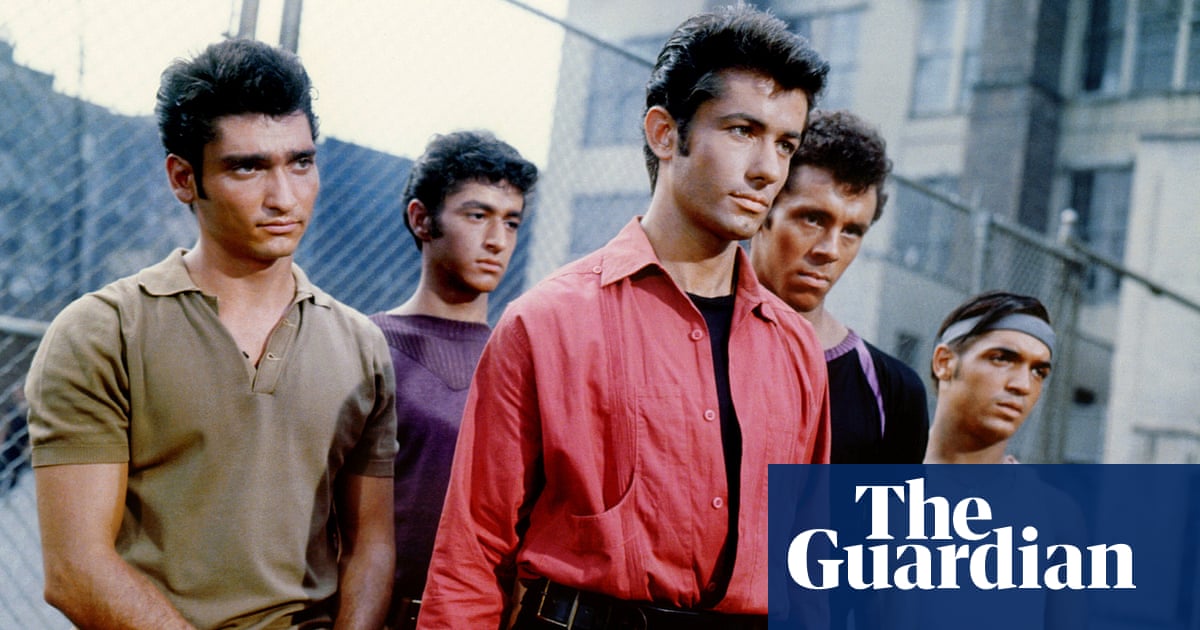Spring 2006 and India are batting against England at the Wankhede in Mumbai. The series is all square, one Test each with one to play. England, batting first, have made an even 400, thanks in large part to a century by Andrew Strauss and 88 from his Middlesex teammate Owais Shah, who is making his debut.
It is just past tea on the second day and India’s openers are already gone, bounced out by Matthew Hoggard. Sachin Tendulkar is at No 4 and England’s captain, Andrew Flintoff, has just thrown the ball to his first-change bowler, Jimmy Anderson.
Anderson is 23. He has already played 12 Tests; the last of them was 14 months earlier, against South Africa in Johannesburg, the other side of the 2005 Ashes, which he spent carrying drinks. It was, he told me last month, “a hard time” in his life. England’s coaches had been trying to rebuild his action and he had been sent on an England A Tour of the West Indies to work on it.
He was only playing in India because Simon Jones had gone home, injured. Now here he is, ball in hand, with Tendulkar, who Anderson grew up watching on TV, waiting at the other end and the series in the balance.
Coming up on two decades later, the BCCI and ECB have renamed the Pataudi Trophy for the two of them. Some people are upset they are so quick to overwrite the game’s history. Iftikhar Ali Khan Paaudi was the only man to play for England and India; his son, Mansoor Ali Khan, played for Oxford University and Sussex and went on to become one of India’s best captains after being given the job when he was 21. The decision to get rid of the Pataudi family name was quick, and careless, but we can at least be glad they chose Anderson and Tendulkar.
They first played against each other in a World Cup, in Durban in 2003, but this match, in 2006, was the first time that they had squared off in a Test. Anderson’s first ball slid down the leg side, his second was blocked to cover, his third thumped straight to point, his fourth went straight through to ‘keeper Geraint Jones, his fifth was dropped down by Tendulkar’s feet, his sixth was driven to gully, and his seventh, well, his seventh was the one that got him. It was short, and wide, and Tendulkar, who had scored one off 21 balls, decided he needed to punish it.

He leaned back in his crease and flicked his bat out to punch the ball through cover. But the ball had been moving away from him all the while and it flew, instead, off his outside edge through to Jones. Tendulkar c Jones b Anderson 1. The moment is best remembered because as Tendulkar was walking off a group of home fans booed him.
Anderson finished with four for 40 in the innings and England would go on to win the match and the series. It gets forgotten among all the happy memories of what they did in the 2005 Ashes, but their head coach, Duncan Fletcher, always said it was one of their finest victories.
after newsletter promotion
Anderson would take Tendulkar’s wicket eight more times in 13 Tests. By the time Tendulkar retired in 2013, he had got out to Anderson more often than he had any other bowler. Often as not, Anderson would have him caught behind or do him lbw. It was as if he had found a crack in Tendulkar’s batting and he played on it, pitilessly. Tendulkar would say Anderson was the first bowler he had faced who seemed to be able to bowl a reversed version of reverse swing. There is a video, when Tendulkar explains it to Brian Lara, full of nerdy enthusiasm for Anderson’s technical ability. It is one master craftsman appreciating another.
They were two greats passing each other on the slope of their careers, Anderson was at the end of the beginning, Tendulkar the beginning of the end. While age gave the compensation of experience it was not enough to cover for what he had lost along the way.
Tendulkar scored one century against England while Anderson was playing, although it was one of his best, and most famous, in the fourth innings at Chennai in 2008, when India made 387 to win a game that had been trailing for three days. But their records against each other are not the point. They are the two most-capped Test players. Tendulkar played 200 games, Anderson 188, and their careers spanned almost a quarter of the history of Test cricket, 35 years from Tendulkar’s first match in 1989 to Anderson’s last in 2024. It is hard to think of two men who gave more to Test cricket.

 2 months ago
36
2 months ago
36

















































